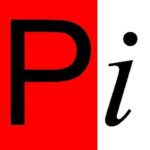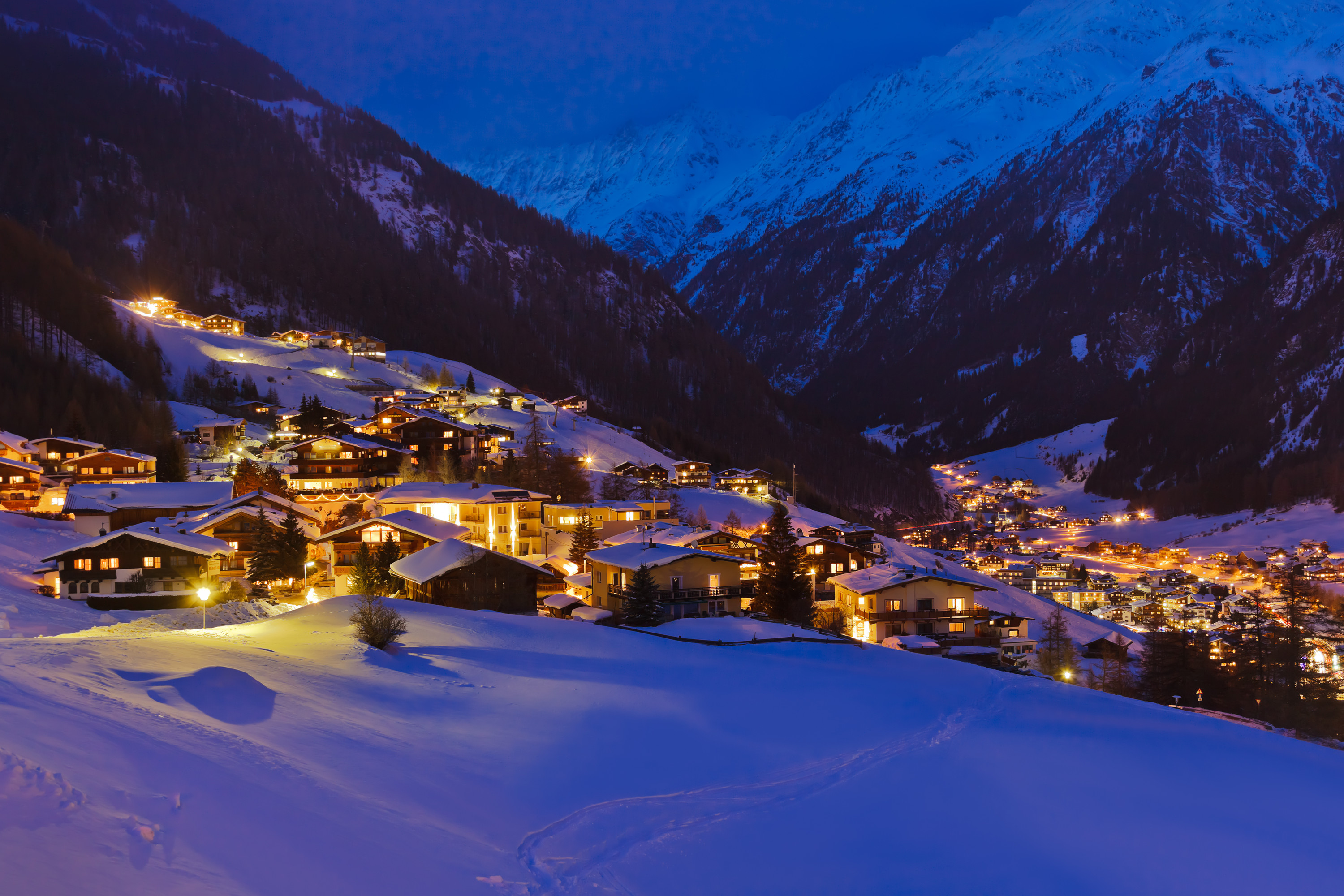A chalet in the mountains is still high on many wishlists, though the days when people bought ski homes purely for personal use have long passed. Today a ski property purchase is often made as an investment by buyers looking for capital gain, as well as a level of rental income. While investors in UK property have seen an increase in stamp duty – and will see a reduction in mortgage interest relief from April 2017 – many are turning elsewhere for property purchase.
The Alps,with its growing year-round market, and history of strong capital performance makes it one option for the savvy buyer. How can investors get the most out of a ski property purchase?
From Buy-to-Let to Buy-To-Ski
UK buy-to-lets have been a go-to investment, comparing favourably with property investment abroad. However, with landlords as the sitting duck target of the current government, tax changes have reduced their appeal. Acquisition costs in the UK used to compare favourably with those in Europe, but the additional 3% stamp duty fee introduced on UK second homes or buy-to-lets make investing in property more attractive elsewhere in Europe.
Comparative Purchase Costs (approx.) – UK vs. France
| Purchase Price in £ |
UK Purchase Cost in £
|
France (New Build) Purchase Cost in £ | France (Re-Sale)Purchase Cost in £ |
| 100,000 | 3,000 | 2,500 | 6,700 |
| 750,000 | 60,000 | 18,750 | 50,250 |
| 1,500,000 | 195,000 | 37,500 | 100,500 |
In French and Austrian ski resorts, many properties are sold as leasebacks or “Let & Managed”, such as Pierre et Vacances l’Hevana development in the prestigious French ski resort in Meribel. The buyer purchases the property and leases it back to the developer for a defined number of years. The buyer can also recover the VAT (or “TVA”) on the purchase price, a saving of 19.6% in France. With developers taking responsibility for the management and rentals, this type of buy-to-let investment is attractive for the keen skier who would also like some personal use.
Likely Gains ?
Will an investment in the Alps provide a capital gain? Leading Alpine property agents Knight Frank and Savills believe so. Both of their 2016 Alpine Property Reports conclude that property values continue to grow steadily in the Alps, particularly in up and coming resorts, such as Ischgl in Austria. While there is a move away from the high-end resorts such as Courchevel and Megeve – where prices top €25,000 per m2 – buyers can get more for their money in resorts such as Chamonix and Ischgl where comparable properties cost €7,000 per m2. France Property Angels, specialists in the Haute Savoie region of the French Alps, also predict a continuing growth in values in ski resorts offering a year-round calendar of activities, such as Chamonix, Morzine and St Gervais Les Bains.
Average Annual Property Gain in French Ski Resorts in 2015
Courchevel, 2.1%
Chamonix, 3.2%
Meribel, 4.5%
Val d’Isere, 5.8%
Despite being home to some of the world’s most exclusive ski resorts, property prices in Austrian ski resorts are approximately 30% below the equivalent prices in the rest of the Alps. With constant investment in non-skiing related activities and a new focus on the 20-35-year-old market, Austrian resorts are growing at a rate of 8% a year and there are no signs of it slowing down.
Capitalise on Low Mortgage Rates
Mortgage rates in France, Italy, Austria and Switzerland remain much lower than mortgage rates for a second home purchase in the UK. While UK mortgage rates are typically variable, offering a low teaser rate for 2 years before increasing upwards, long term fixed-rate mortgages are the preferred option in the EU and Switzerland. Switzerland is consistently in the top 5 of the world’s lowest mortgage rates – currently at an average of 1.19% for a 10 year fixed term, while in Austria, France and Italy it is possible to get an average rate of 2.25%, 1.7% and 2.8% (respectively) for 20 year terms. Now is the moment to capitalise on these historic low rates: rates are expected to increase in 2017, as the cost of borrowing has gone up following the US election.
Remember Currency Matters
Economic uncertainties and fluctuating exchange rates mean exposing your cash to the risk of rates moving against you. Working with a currency broker is the best way to ensure you get the best rate of exchange on the day. Often a ski property purchase requires future planning when it comes to currency. Using a forward currency contract allows you to secure the current exchange rate for use at a later date, and protect your finances from any adverse moves in the market.
What to Look for to Maximise Rental Income
1. Resort: a ski resort known internationally will increase the number of potential rentals.
2. Year-round Appeal: Many resorts in France and Austria attract a greater number of visitors in the summer than they do in winter. Flights to Alpine airports, such as Geneva, continue year-round and purchasing in a resort that has a bustling summer season increases the rental opportunity.
3. Snow-Sure Status: Snow fall should be a factor when deciding on a ski property. Whilst resorts based 1,000m village altitude may not have consistent snow fall, the more established resorts will have the facilities to ensure pistes remain in condition for as long as possible.
4. Location: It’s a familiar mantra, but location is a primary factor for rental return. Properties close to a ski lift, shops, bars and restaurants rent more easily, particularly in winter when customers want more convenience.
5. Ski Area: Generally, the bigger the ski area the better. A greater variety of terrain ensures there is an appeal for all levels of skier and snowboarders from families to experts.
Guest blog post by www.nidski.com – the leading website for buyers, sellers and owners of ski property.


